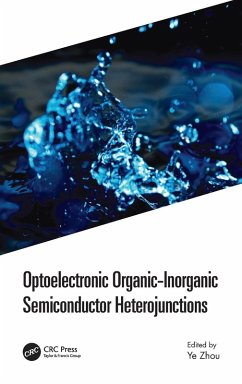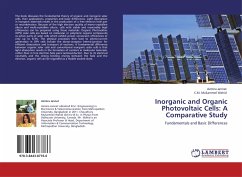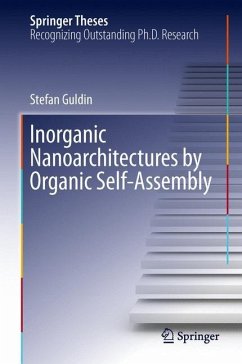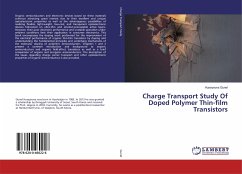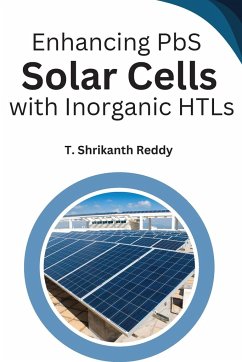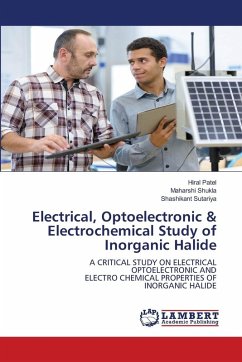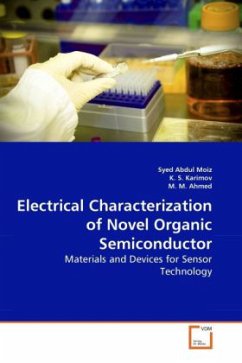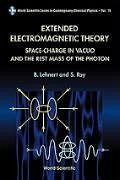
Charge Transport in hybrid Organic/Inorganic Semiconductor Structures
Introduction, Basics, Methods and Models
Versandkostenfrei!
Versandfertig in 6-10 Tagen
39,99 €
inkl. MwSt.

PAYBACK Punkte
20 °P sammeln!
The field of hybrid electronics of molecules and traditional semiconductors is deemed to be a realistic route towards possible use of molecular electronics. Such hybrid electronics finds its potential technological applications in nuclear detectors, near-infrared detectors, organic thin film transistors and gas sensors. Specifically Metal / organic / n-Silicon structures in this regard are mostly reported to have two regimes of charge transport at lower and higher applied voltages. The fact is mostly attributed to the change in conduction mechanism while moving from lower to higher applied vol...
The field of hybrid electronics of molecules and traditional semiconductors is deemed to be a realistic route towards possible use of molecular electronics. Such hybrid electronics finds its potential technological applications in nuclear detectors, near-infrared detectors, organic thin film transistors and gas sensors. Specifically Metal / organic / n-Silicon structures in this regard are mostly reported to have two regimes of charge transport at lower and higher applied voltages. The fact is mostly attributed to the change in conduction mechanism while moving from lower to higher applied voltages. This book therefore provides the findings of a systematic study on the subject along with the introduction and basic concepts of the field. The study should help shed some light on the possible electrical phenomenon taking place at the hybrid organic/ inorganic semiconductor interfaces and should be especially useful to professionals in organic electronics or anyone else who may be involved in similar research work.



